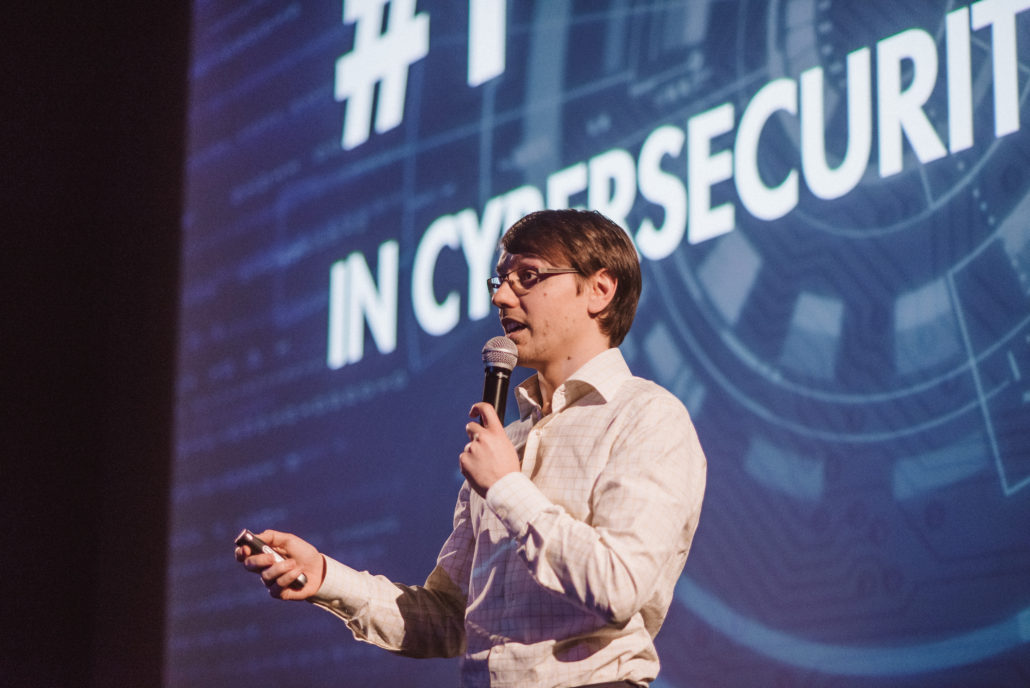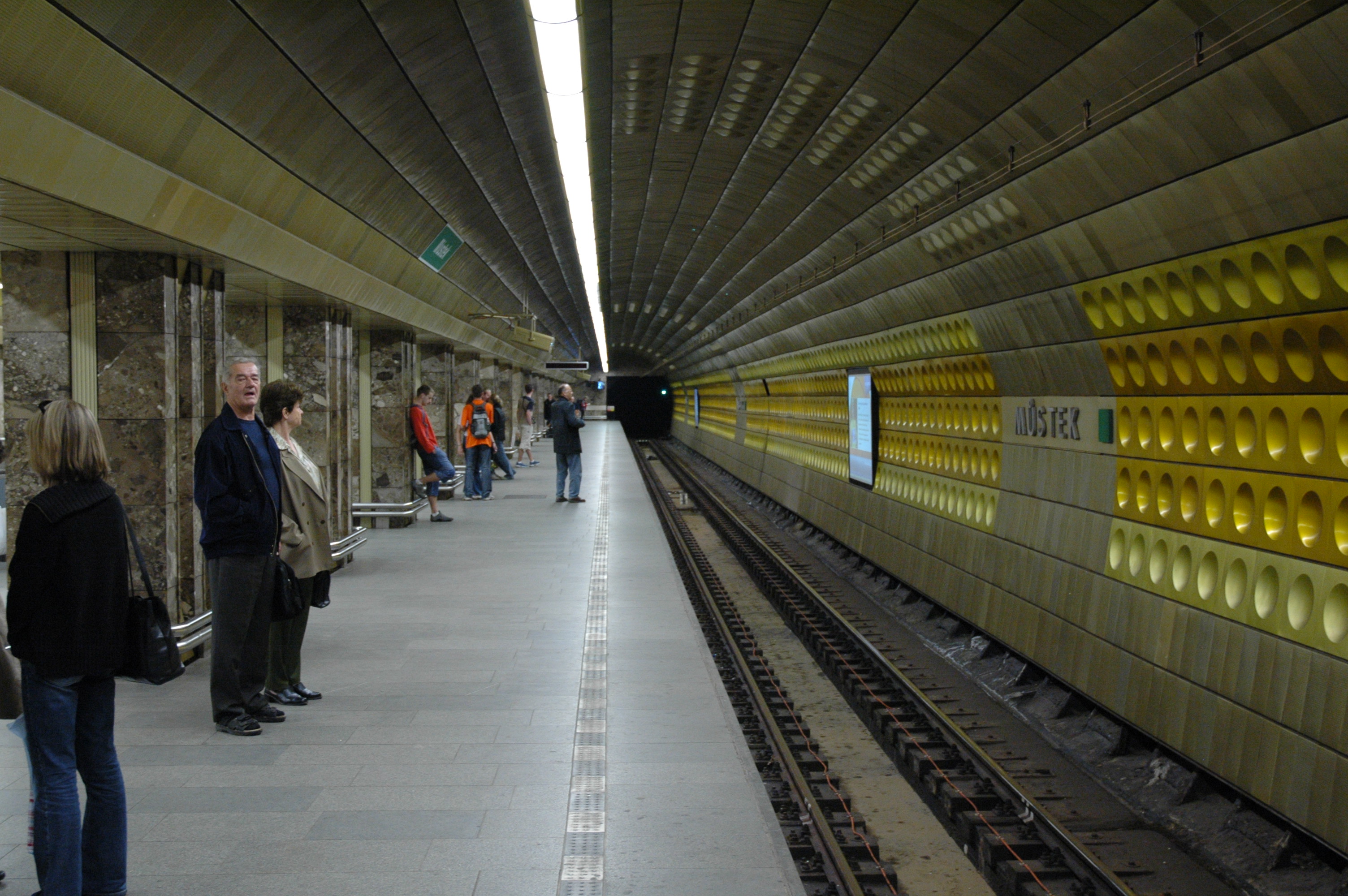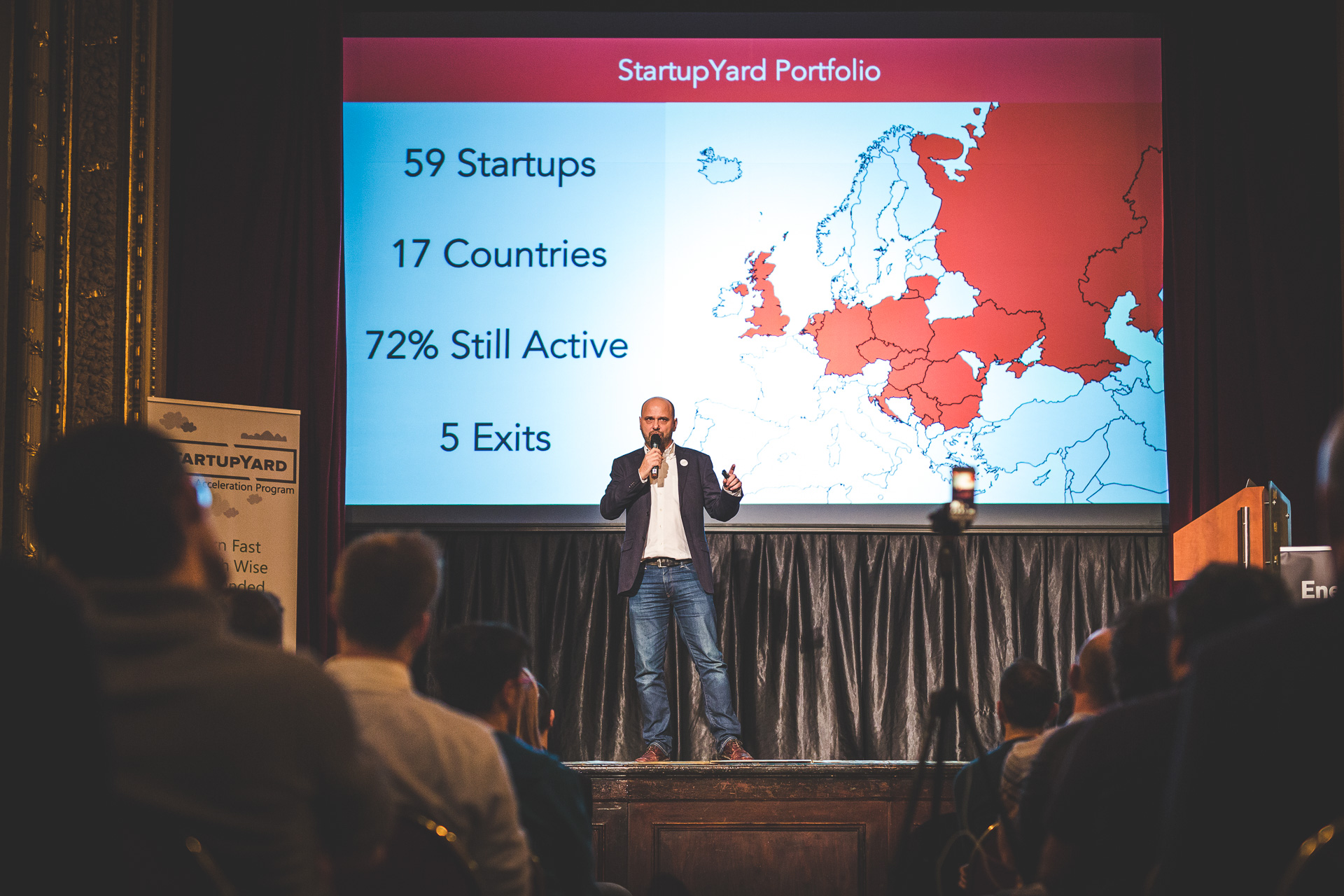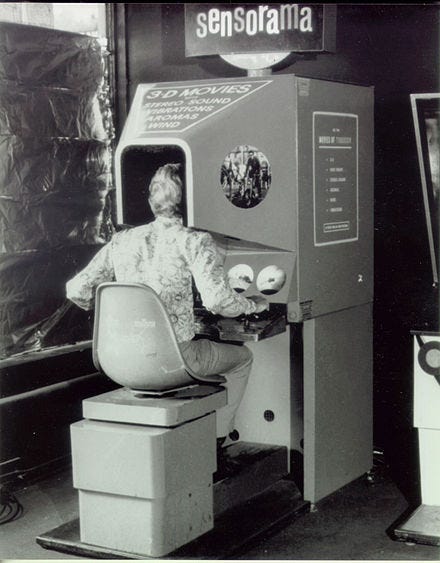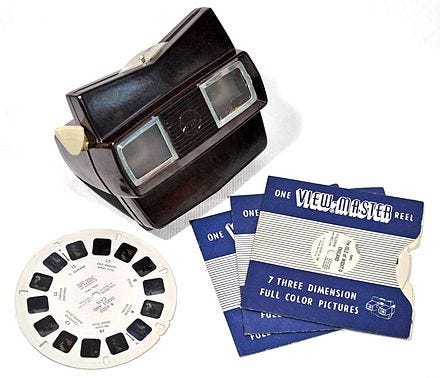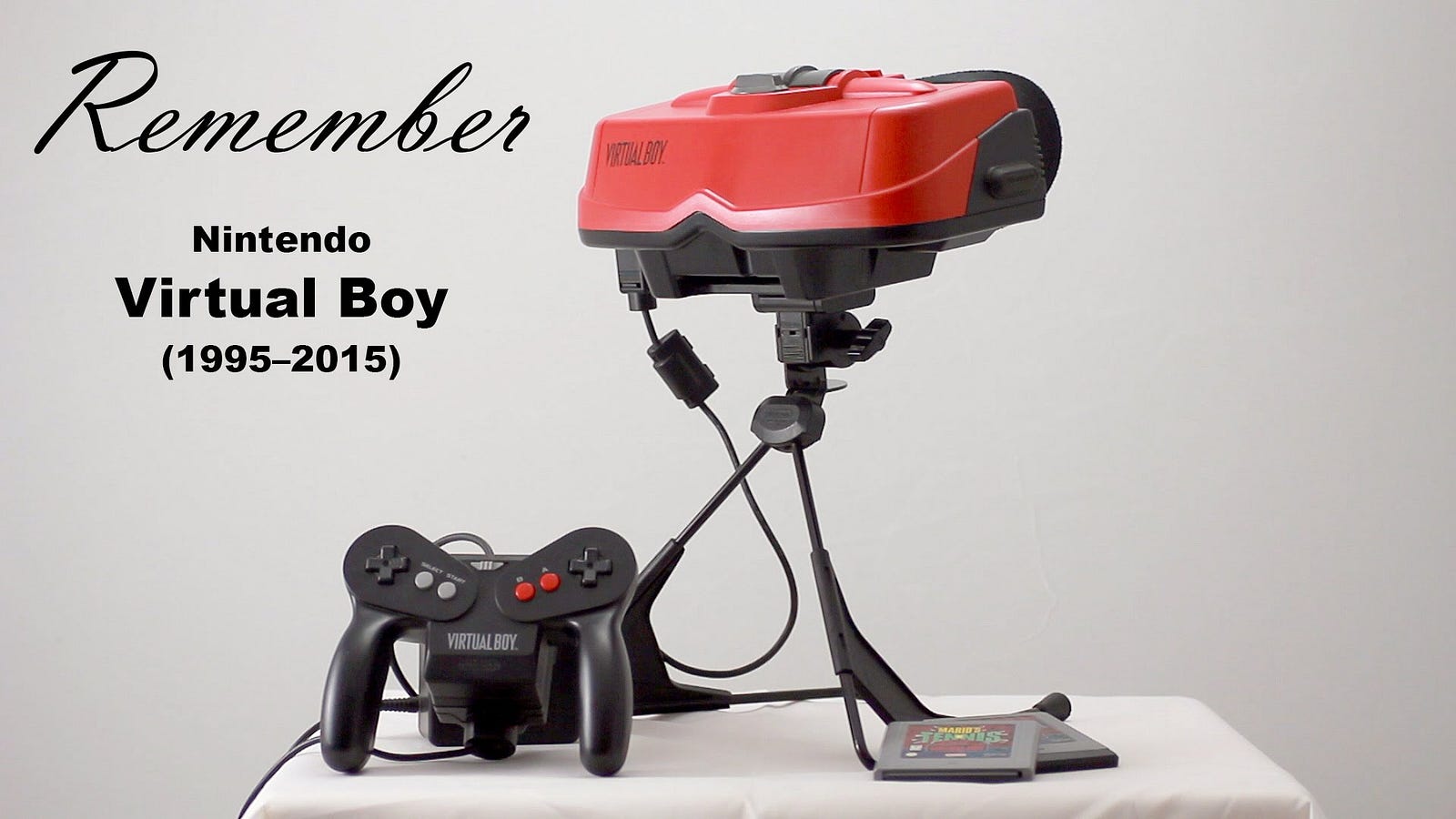Why Blockchain Startups Should Apply to StartupYard Batch 9
StartupYard is currently accepting applications for Batch 9. One of the key verticals we are focusing on during this round is Crypto-tokens and Blockchain.
Get started applying to StartupYard Batch 9. Applications close January 31st, 2018.
2017 : The Year of Bitcoin?
From the original appearance of Bitcoin on the web forum The Foundation for Peer to Peer Alternatives in February 2009, to today’s craze around ICOs and explosive cryptocoin market capitalizations, the world of crypto has drastically changed.
Bitcoin’s unsavory early associations have meant that many have tried to separate the discussion of Bitcoin and Blockchain technology. But that is an incomplete approach. Blockchain in a technical sense is just one of a number of elements that make up crypto-tokens, like Bitcoin, and will continue to form the basis for future innovations.

The central idea behind crypto-tokens is to create trust via collaboration, communication and computation through cryptography. This approach relies on a number of technologies: the blockchain (a distributed database), a decentralised consensus algorithm (proof of work) that allows security and open systems of access (no accounts are necessary). For more information on bitcoin, we encourage you to follow one of its most outspoken evangelists: Andreas Antonopoulos.
Today, a lot of startups are working with crypto-tokens and distributed ledgers to create new decentralised services to reinvent entire industries.
Why is StartupYard Investing in Crypto Startups?
This week we also wrote about why cybersecurity startups should apply to StartupYard. Much of the reasoning is the same, however unlike Cybersecurity, where the list of customers is long, and the need is very well understood, crypto-token technology is in its early years.
Bitcoin is making headlines, but the deepest benefits to society of secured distributed ledgers, transparent transactions, and the decentralization of data sharing and communication are still to come. Most of the true benefits have not yet been realized, but are appearing on the horizon. Startups need a deep network of business, tech, and investment mentors who can help them turn novel technologies into tangible, real world change.
Our interest is in finding those founders who have the ambition to solve societal, business, and governmental problems using this technology for the good of mankind. The ways in which crypto-tokens can benefit us all can’t be tallied, but just a few examples are:
Transactions: Crypto technology opens up the potential for a true peer-to-peer transactional ecosystem, in which both people and machines can trade anything from processing time, to energy, bandwidth, or currency, in a secure, trustless and cost-effective way.
Net Neutrality: As open access to the internet comes under attack in the US and elsewhere, crypto can provide a check against the censorship of information, and the suppression or preferential treatment of some sources of data and services over others. Distributed ledgers may also help fight state and non-state propaganda operations by providing tools to check facts and records.
E-Government: Transparent, open, decentralised networks without a single point of failure allow for decentralised trust to provide potential open-source solutions to election fraud, voter suppression, online voting, and voter identification- all problems that are linked with corruption and inefficiency in state and local governments.
Security: Crypto and blockchain technologies provide a potential defense against cyberterrorism, cyberwarfare, and malicious destruction of data, or the dissemination of false data and malicious code across networks. It also provides the potential for more secure collaborative networks that are not based on a central entity such as a corporation or government, eliminating the need for 3rd party support of data storage and sharing.
Why StartupYard?
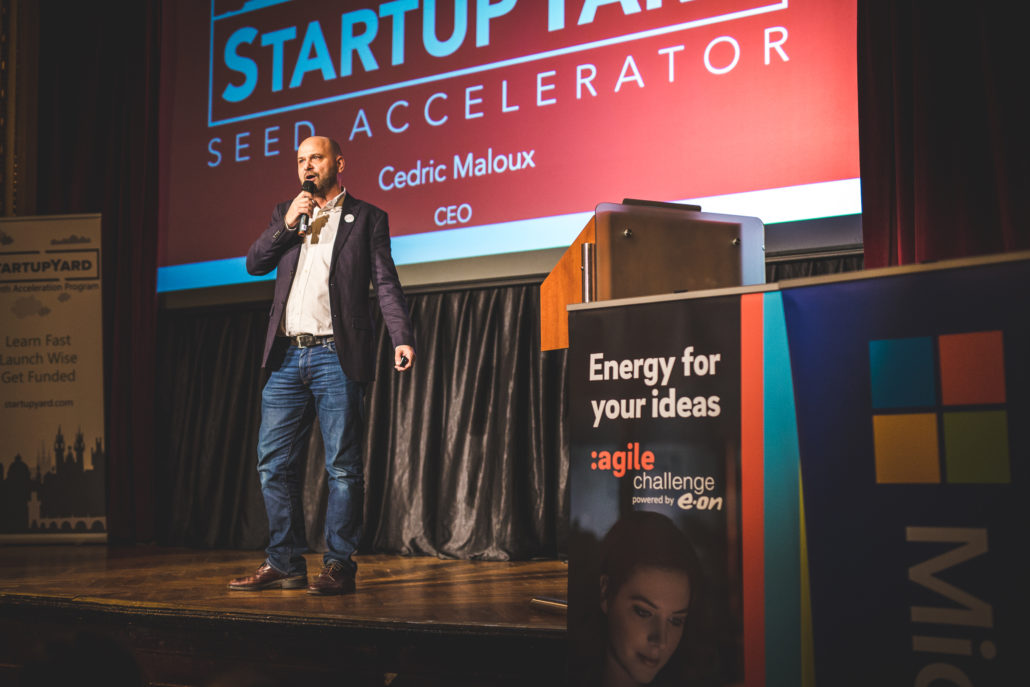
Opportunities for crypto and blockchain startups appear to be numerous at the moment. Blockchain is having its first day in the sun, and ICOs (Initial Coin Offerings) are now proliferating. However, this unregulated and largely disorganized market is poorly understood by institutional investors, and especially corporations and governments.
This is a shame, because it will be these players who will give breakthrough technologies access to global markets and the customer base they will need to really have an impact. This is what StartupYard offers: not the quick cash of an ICO, but the stable foundation of a sustainable, global business.
For that you need:
Credibility and Access
StartupYard is a trusted partner for corporations, utilities, and investors who are seeking to engage with early-stage cutting edge technology startups. Translating and aligning your goals with those of large organizations with a global footprint is a long and painful process in the best circumstances.
Without a key partner providing access and credibility, this becomes even harder. StartupYard allows a crypto company to get their foot in the door of banks, telcos, and large investors with our deep network of mentors and advisors. Convincing those in power to trust and rely on you is a key step toward achieving your global ambitions. It should not be ignored or minimized in its importance.
Business Fundamentals
Blockchain and crypto technologies are exciting, but the fundamentals of business have not altered because of these technologies. Companies that operate outside traditional business structures and legal frameworks put themselves at risk, and just as importantly, risk the future of their technological breakthroughs.
Building a sustainable and rational business is as valuable today as it was when StartupYard was founded in 2011. You need experienced partners who have built fast growing tech companies before, to share their mistakes and their successes, and give you your best shot at success.
Experience
StartupYard’s hands on experience in blockchain technology is still recent, but we have already made two investments into companies leveraging the blockchain – one in Cryptelo, which has turned to providing secure key storage and transmission for blockchain products (and is raising an ICO), and Bloknify, a winning project in our most recent hackathon in partnership with KB Bank. Blocknify is developing a solution for secure contract verification using blockchain.
Beyond that, StartupYard has a deep well of experience in turning novel technologies with unclear or undeveloped applications into real businesses. We helped turn an NLP product for the Albanian language into Gjirafa.com, the fastest growing tech company in the Balkans. We helped turn a team of music and neural network geeks into Neuron Soundware, now making enterprise grade IoT devices with on-board AI that diagnose faults in heavy machinery (like Airbus jets).
We helped boost a once hobby project (BudgetBakers), into a global company serving hundreds of thousands of active users, and we have helped Rossum, an AI company doing document analysis, evolve into a venture invested company with a growing team.
Not all of our bets will pay off, and crypto-token technology will be no different. But as any one of our alumni will attest, startups at StartupYard do not fail due to lack of preparation.
Should my Blockchain Startup Apply to StartupYard?
Are you an early stage company, with a unique approach using crypto and blockchain to one of the problems we’ve talked about (or a new problem we haven’t), that would benefit from a deep network of mentors and advisors with the reach and scale the technology needs to succeed?
Are you two or more founders, who know the value of an accelerator, and are looking to build a global, sustainable business, serving clients potentially all over the world? Do you believe in what you do? Do you think you can convince others that you’re right?
Does your work have the potential to impact the lives of many people in a positive way?
If so then yes, you should apply.
Get started applying to StartupYard Batch 9. Applications close January 31st, 2018.




